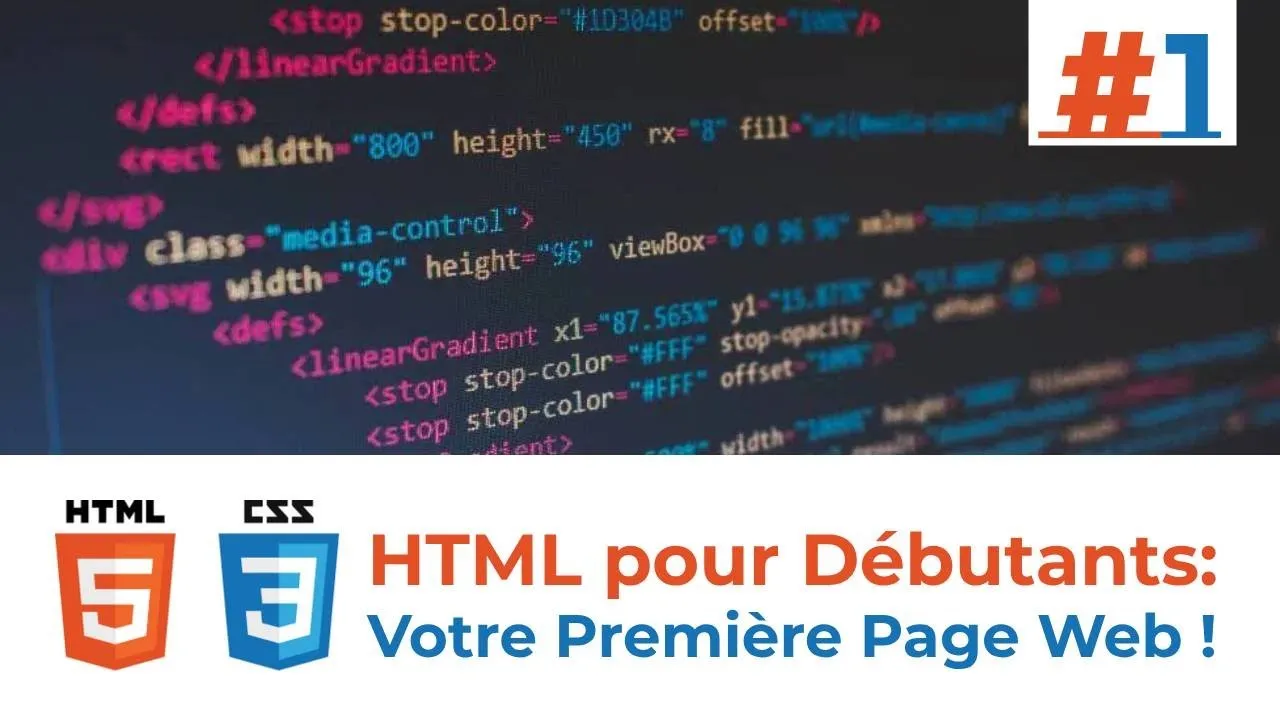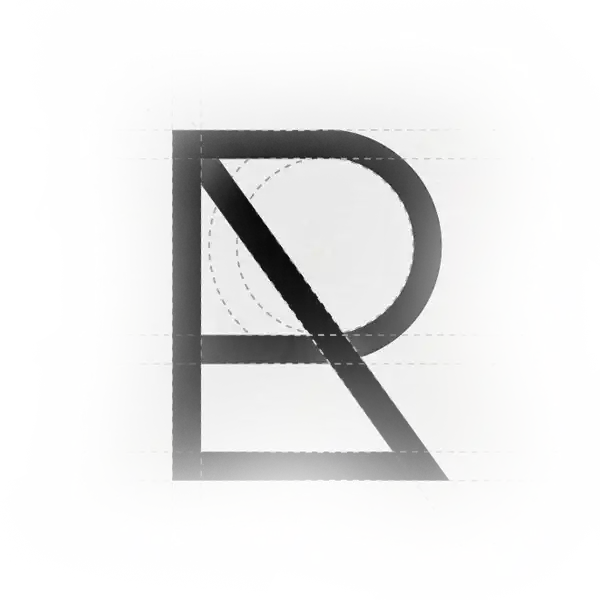You hear about HTML tags, SEO, Google... but it all seems technical, almost coded in another language. And yet it doesn't, these tags are essential if you want your site to be visible on the Internet.

You don't need to be a developer to understand the basics. In this article, you'll find out all you need to know, simply and without jargon, important HTML tags for SEOand how to use them intelligently to improve your visibility on Google.
What is an HTML tag?
Let's start with the basics. HTML is the language used to structure the pages of a website. It's not what you see on the screen, but what's "behind" the page, a bit like the foundations of a house.
A HTML tag is used to tell the computer (and Google) what each part of your page contains. It looks like this:
Rest assured: you don't need to write these tags yourself. If you use a tool like WordPress, there are zones or extensions that allow you to fill in this information without touching the code.
Why are these tags important for SEO?
SEO (Search Engine Optimization) stands for "search engine optimisation". This is what enables your site to rank well on Google. To do this, Google reads your pages... and it relies heavily on these tags to understand what it's all about.
Good HTML tags tell Google :
- What is the main subject of your page?
- What is the structure of the content
- Which part is important
- How to display your page in the results
Now let's take a look at the most important HTML tags for SEOexplained in simple terms.
1. The </code> the title that Google displays</strong></h3><p>This is one of the most important tags. This tag is not displayed on your page, but <strong>it appears in Google results</strong>like this:</p><p><code><title>How to sleep well at any age - Blog Sommeil Santé This is what Internet users see before they click on your site. A good HTML title should :
- Make people want to click
- Containing main keywords
- Between 50 and 60 characters maximum
Tip In WordPress, you can define this title using an SEO extension such as Yoast or Rank Math, in the "SEO Title" tab.
2. The <meta description> your page summary
Just below the title in Google, you'll see a little phrase. This is the meta description.
It does not play a direct role in the rankings, but it influences the number of clicksIt helps visitors to know what they're going to find on your page.
Example:
<meta name="description" content="Découvrez 7 conseils simples pour mieux dormir à partir de 50 ans. Conseils pratiques, naturels et faciles à appliquer.">
A good summary should :
- Be clear, simple, human
- Summarise the content without giving everything away
- Containing SEO keywords
3. The tags <h1>, <h2>, <h3>...: organising content
Here, it's more visual. These tags are used to structure the text, like a map with headings and sub-headings.
<h1> the main page title (there can only be one)<h2> the large subtitles<h3> the small sub-headings within a paragraph
Google reads these titles to understand the structure of your content.
Example of structure:
htmlCopyEdit<h1>7 tips to help you sleep better after 50</h1>
<h2>1. Create a bedtime routine</h2>
<h2>2. Avoid screens before going to bed</h2>
<h3>The effects of blue light</h3>
Tip On WordPress, these tags are managed automatically when you select "Title 1", "Title 2", etc., in the editor.
4. The <alt> for images
This tag is hidden in the code of your images. It is used to describe what the image showsfor the visually impaired, but also for Google.
Why is this important?
Because Google doesn't see the images, it reads their description. If you put up a nice photo without any text, Google won't know what it's about.
Example :
htmlCopyEdit<img src="sommeil-naturel.jpg" alt="Woman aged 60 sleeping peacefully in a white bed">
Council In WordPress, always add a text in the "Alternative text" field when sending the image.
5. Link tags <a href=""> linking pages
When you create a link to another page (internal or external), you use a <a>.
Google analyses these links for :
- Understanding the relationship between your content
- Explore other pages via these links
- Assess your credibility if you quote reliable sources
Example :
htmlCopyEdit<a href="https://monblog.fr/article-sommeil">Read also: 5 plants that promote sleep</a>
SEO tips use descriptive keywords in your links (avoid "click here").
6. List tags
When you write a list, such as :
- Exercise in the morning
- Drink a relaxing herbal tea
- Reading before bed
Google understands content better if it is structured using :
htmlCopyEdit
- Work out in the morning
- Drink a relaxing herbal tea
- Read before bed
This improves readability... and can help you to appear in enhanced results from Google.
Do you have to remember everything and code everything yourself?
No. The idea here is understand what's going on behind your siteeven if you don't code. By knowing the Important HTML tags for SEOyou can :
- Making better use of tools like WordPress
- Write your content strategically
- Communicating more effectively with a web service provider
It's like driving a car without being a mechanic: you don't need to understand everything, but you do need to know the dashboard.
Conclusion: a little technique, a lot clarity
The Important HTML tags for SEO aren't there to look pretty. They are there to help Google understanding, classifying and displaying your content. The clearer your pages are for them, the more likely they are to be visible.
Even without technical knowledge, you can learn to structure your content intelligentlyhow to name your images and create good titles.
It's this attention to detail that often makes the difference between an invisible site... and a well-positioned one.
<meta description> your page summary<meta name="description" content="Découvrez 7 conseils simples pour mieux dormir à partir de 50 ans. Conseils pratiques, naturels et faciles à appliquer."><h1>, <h2>, <h3>...: organising content<h1> the main page title (there can only be one)<h2> the large subtitles<h3> the small sub-headings within a paragraph<h1>7 tips to help you sleep better after 50</h1>
<h2>1. Create a bedtime routine</h2>
<h2>2. Avoid screens before going to bed</h2>
<h3>The effects of blue light</h3>
<alt> for imagesBecause Google doesn't see the images, it reads their description. If you put up a nice photo without any text, Google won't know what it's about.
<img src="sommeil-naturel.jpg" alt="Woman aged 60 sleeping peacefully in a white bed">
<a href=""> linking pages<a>.<a href="https://monblog.fr/article-sommeil">Read also: 5 plants that promote sleep</a>
- Work out in the morning
- Drink a relaxing herbal tea
- Read before bed









